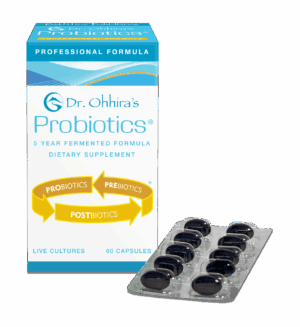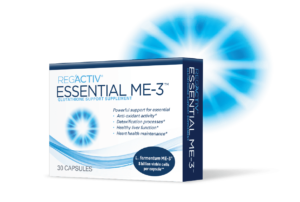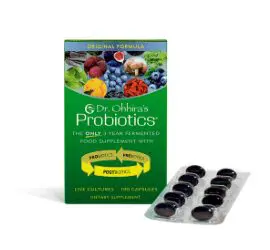Suzy Cohen
Aug 25, 2010

Dear Readers: This is the third (and final) column in my series on yeast overgrowth (Candida albicans), which can cause many diseases. Today, I am addressing the two most frequently asked questions I’ve received on this subject.
What are Candida die-off symptoms, and how can I minimize the discomfort?
Candida die-off is also known as the Herxheimer reaction. As large amounts of yeast die, the organism dumps its toxic contents into your system, thereby overloading your detoxification pathways. This causes symptoms such as brain fog, intense sugar cravings, fatigue, headache, joint and muscle soreness, gas/diarrhea, blurry vision, irrational anger, or flu-like symptoms. Itchy, irritated, inflamed skin is quite common too. One of the most comprehensive formulas is Dr. Ohhira’s Propolis Plus, which contains Brazilian propolis along with flax oil, prebiotics, probiotics, vitamin E and a powerful body cleanser called astaxanthin.
Enzymes that help break down the yeast and rid the body of toxic byproducts can be enormously helpful for anyone with Candida infection and/or die-off reactions. Enzymedica Candidase, which is sold at health-food stores nationwide, contains cellulase. This is an enzyme the body needs (and does not make) and that kills yeast by destroying the cell wall, composed of cellulose. Candidase also contains protease, known worldwide to support the body’s healing process by getting rid of yeast and immune complexes that cause illness and inflammation.
-
 Dr. Ohhira’s Probiotics®$13.95 – $89.95Price range: $13.95 through $89.95
Dr. Ohhira’s Probiotics®$13.95 – $89.95Price range: $13.95 through $89.95 -
 Dr. Ohhira’s® Probiotics Professional Formula$39.95 – $129.65Price range: $39.95 through $129.65
Dr. Ohhira’s® Probiotics Professional Formula$39.95 – $129.65Price range: $39.95 through $129.65 -
 Reg´Activ® Essential ME-3$39.95
Reg´Activ® Essential ME-3$39.95
Which foods should I avoid?
Anything with sugar, because sugar is food to fungus. Anything made with yeast such as bread, muffins and pastries. And all grains and starches (at least at the outset of your diet) such as pasta, rice, corn, wheat, quinoa, amaranth, millet, buckwheat, oats and barley.
I recommend the diet plan outlined by Doug A. Kaufmann, a leading authority on fungus and host of the holistic health show, “Know the Cause.” I always tell people to follow his Phase One diet plan explained in “The Fungus Link” and to use recipes from the book, “Eating Your Way to Good Health,” which he authored with Jami Clark, RN. For more, go to knowthecause.com.
You can also try healthy recipes from “The Candida Albicans Yeast-Free Cookbook” by nutritionist Pat Connolly, or check out candidasupport.org.
This information is not intended to treat, cure or diagnose your condition. Go to DearPharmacist.com.
Copyright © 2010, South Florida Sun-Sentinel





